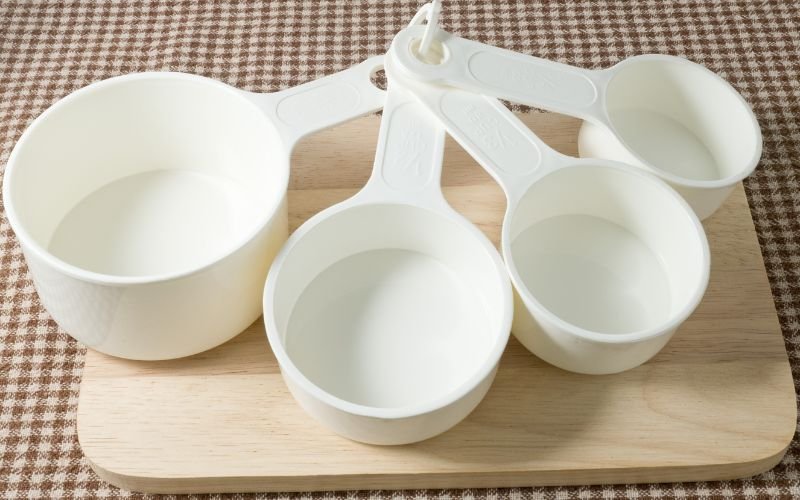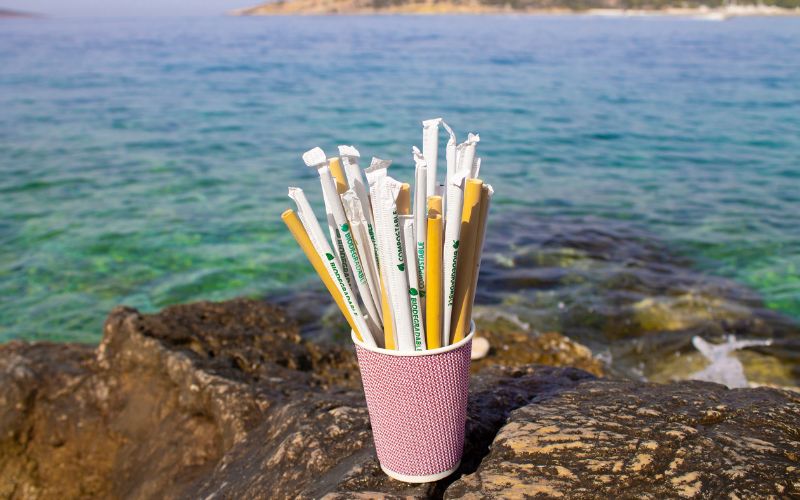I-Bioplastics
Ukuphayona Green Kusasa
Ama-bioplastics akuzona amapulasitiki akho ejwayelekile, afana nama-eco-warriors we-woments World. Sesizokwenzela ohambweni lomhlaba we-bioplasters, lapho ukusimama kuhlangana khona nemilingo kwenzeka.
Yini eyenza ama-bioplastics akhethekile
Izipho zemvelo
Ngokungafani namapulasitiki ajwayelekile, ama-bioplastics aqhamuka ezintweni ezinjenge-corn, umoba namazambane. Yebo, ufunda lelo lungelo!
Ukugona kwemvelo
Amanye ama-bioplastics angahlukanisa ngokwemvelo, njengamaqabunga engadini yakho. Abanamatheli nxazonke njengamanye amapulasitiki.
Ukuba nomusa emhlabeni
I-Bioplastics ayihlambi nemvelo njengoba kwenza amapulasitiki ajwayelekile. Bafana nabazala abapholile amapulasitiki, okwenza umhlaba ube indawo engcono.
Ilungele wonke amaqembu
I-Bioplastics ingenza izinto eziningi ezahlukene. Zingabunjwa zibe yilokho okudingekayo ezintweni ezahlukahlukene, njengokupakisha, ukusika, kanye negiya lezokwelapha.
Ukushintsha umdlalo emikhakheni ehlukene
- Ukupakishwa okunobungane emhlabeni
Ithi sawubona kuma-bioplastics emhlabeni wokupakisha! Bakhombisa ezitsheni zokudla, izikhwama, nokuningi. Kufana nokugoqa izinto zakho ngomnsalo omkhulu oluhlaza.
- Ukulahlwa kweplanethi -
Lezo zinto ezilahla njengezinkomishi nezimfoloko zithola i-makeover nge-bioplasters. Bonke bamayelana nokunciphisa imfucuza nokuba mnene emhlabeni.
- Ukuphulukisa ngombala oluhlaza
Qagela? Ama-Bioplastics enza amagagasi e-Medicine nawo! Ukusuka ekuthumeleni amanxeba ukuletha umuthi, basindisa usuku.
- Izimoto namagajethi, indlela eluhlaza
Ngisho nasemhlabeni wezimoto namagajethi, ama-bioplastics ayabonakala. Benza izingxenye ezilungele umhlaba nokusebenza.


Ama-bioplastics amangalisayo
Ake sixoxe ngezinkanyezi zombukiso - ama-bioplasters ngokwawo! Nazi ezimbalwa ongafuna ukwazi ngazo:
- I-Polylactic Acid (PLA): Kufana ne-superhero yama-bioplasters, aqhamuka eCornstarch. Uzoyithola kwizinkomishi, ukupakisha, kanye nokuphrinta kwe-3D!
- I-Polyhydroxyalkanoates (PHA): Lezi amapulasitiki enziwa ngezinto eziphilayo ezincane. Bangadiliza ngokwemvelo, benze ukuba babe yingcingo enkulu kwezokwelapha nasekupakisheni.
- I-Bioplastics esekelwe eStarch: Yep, bavela ezintweni ezinjenge-corn noma amazambane. Bahle ngezinto ezinjengokupakishwa nezinto ezilahlayo.
- I-Polybutylene Succinate (PBS): Lokhu kufana nesidlali seqembu. Ihlangana kahle nezinye izingolwane ze-bioplastics futhi ilenga ekuhlanganisweni nasegiya lokulima.
- Isilwane esithathwe: Khumbula amabhodlela ezilwane zasekhaya? Yebo, manje bangaqhamuka ezitshalweni, okusho amafutha amancane amancane.
Yamukela ikusasa eliqhakazile
Ama-Bioplastics abalingani bethu ekwakheni iplanethi eluhlaza okotshani. Bashintsha umdlalo, basibonisa ukuthi singaba nezinto ezinhle kakhulu ngaphandle kokulimaza umhlaba. Ngakho-ke, lapho ukhetha okuthile okwenziwe nge-bioplasters, ukhetha ikusasa elijabulisayo, elinempilo kithi sonke.
Uyabuza, siyakuphendula
I-PMS iyathanda ukuphendula noma imiphi imibuzo mayelana ne-bioplastercs.
A: Ngokuvamile, yebo! I-Bioplastics inomthelela ophansi wezemvelo uma iqhathaniswa namapulasitiki wendabuko, ngenxa yemithombo yawo evuselelekayo futhi anciphise i-carbon footprint.
A: Nope, hhayi bonke. Ngenkathi amanye ama-bioplastics engadiliza ngokwemvelo, abanye bangadinga izimo ezithile njengezimboni zezimboni.
A: Kuya ngohlobo lwe-bioplastic. Ezinye ziqhathaniswa ngokwemibandela yokuqina, kanti ezinye zingahle zilungele izinhlelo eziphilayo ezifuywayo.
A: Kungaba yinkohliso encane. I-Bioplastics ingadinga ukucubungula okuhlukile kusuka kumapulasitiki ajwayelekile ngenxa yokwehluka kwezindawo.
A: Impela! Ama-bioplastics amaningi avunywa ngoxhumana nokudla futhi ahlangabezane namazinga okuphepha.
A: Ezimweni eziningi, yebo. Inqubo yokukhiqiza kanye nokutholakala kwezinto zokusetshenziswa okungavuthiwe kungathonya izindleko ze-bioplastics.
